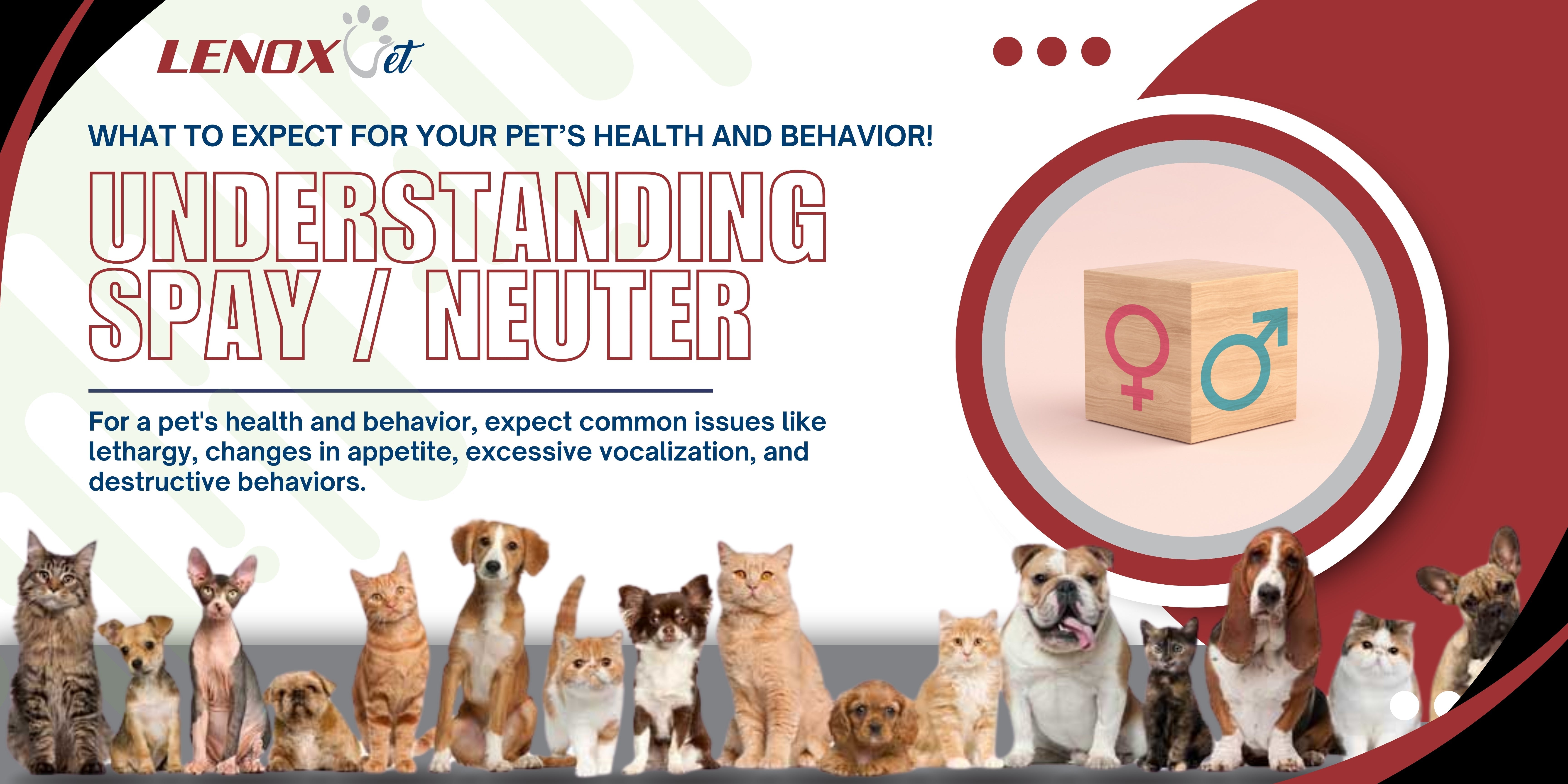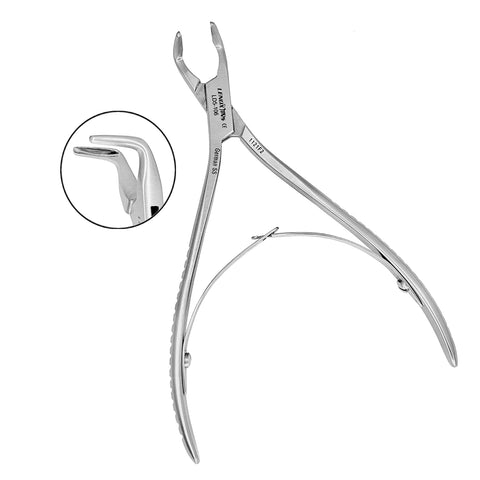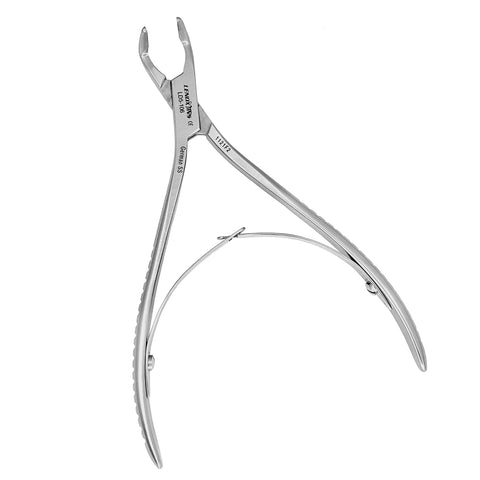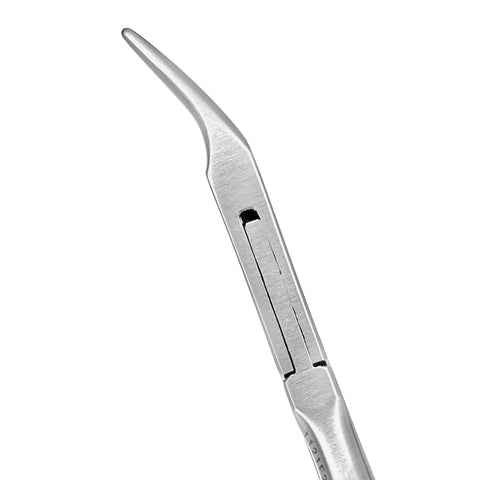
Understanding the Effects of Spay Neuter: What to Expect
Understanding Spay/Neuter: What to Expect for Your Pet’s Health and Behavior
Spaying and neutering—the surgical removal of a pet’s reproductive organs—effectively prevents hormone-driven diseases and promotes balanced behavior. Following gonadectomy, many pets avoid life-threatening infections, reproductive cancers, and the challenges of unwanted litters. This guide delves into the health advantages, potential risks, behavioral impacts, ideal timing, and the procedure and recovery process. Veterinary professionals can rely on precision instruments from Vettrix Supplies to elevate surgical outcomes and patient safety.
What Are the Key Health Benefits of Spaying and Neutering?
Spaying and neutering involve the surgical removal of reproductive organs to prevent hormone-driven diseases and foster long-term wellness, notably by preventing pyometra and reducing cancer incidence.
Health Benefits of Spaying and Neutering
Spaying and neutering offer significant disease prevention. For instance, spaying female dogs and cats can avert uterine infections and substantially lower the risk of mammary (breast) cancer, particularly when performed before their first heat cycle. Neutering males effectively eliminates the risk of testicular cancer and reduces the likelihood of developing benign prostatic hyperplasia and prostatitis.
American Veterinary Medical Association, Spaying and Neutering (2024)
This citation substantiates the article's assertions regarding the health advantages of spaying and neutering.
How Does Spaying Prevent Pyometra and Uterine Infections?
Spaying entails the removal of the ovaries and uterus, thereby eliminating the bacterial environment conducive to pyometra. This surgical intervention halts estrogen-driven uterine changes, safeguarding female pets from potentially fatal infections.
What Is the Impact of Spay/Neuter on Cancer Risks?
Neutering removes the testicles, eradicating testicular tumors and diminishing prostate disease risk, though it doesn't eliminate all prostate cancer risk. Spaying before the first heat cycle slashes mammary cancer risk by approximately 90%, promoting long-term oncologic health.
How Does Spaying and Neutering Affect Pet Lifespan?
Gonadectomy is linked to an extended lifespan in pets by mitigating hormone-driven diseases. Studies indicate that spayed females tend to live longer, with some reports suggesting up to a 26% increase in lifespan, and neutered males up to 18% longer, although these figures can vary by breed and study.
What Potential Health Risks and Side Effects Should Pet Owners Know?
Potential health risks include the effects of hormone deficiency on metabolism, bone development, and urinary function, manifesting as weight gain, orthopedic fragility, and urinary incontinence in neutered pets.
Potential Risks and Side Effects
Spaying and neutering can introduce potential health risks, including an elevated chance of obesity, certain cancers, and orthopedic complications.
Parsemus Foundation, How Spay & Neuter Affect Health (2020)
This citation supports the article's exploration of the potential health risks associated with spaying and neutering.
How Does Spay/Neuter Influence Obesity and Metabolic Changes?
The removal of hormones leads to a lower basal metabolic rate and alters appetite regulation, often resulting in weight gain. Diligent monitoring of diet and activity levels can counteract this metabolic shift and support a healthy body condition.
What Are the Orthopedic Concerns After Spay/Neuter?
Early neutering in larger breeds can delay growth plate closure, potentially increasing the risk of hip dysplasia and cranial cruciate ligament rupture. Adjusting the timing based on breed and individual assessment helps mitigate skeletal development issues.
Which Cancers May Increase After Spay/Neuter?
The absence of estrogen or testosterone may be associated with an increased risk of certain cancers, such as osteosarcoma and hemangiosarcoma, in specific breeds. Hormonal shifts can also influence lymphoma incidence, necessitating breed-specific risk assessment and vigilant monitoring.
What Are the Risks of Urinary Incontinence in Spayed Female Dogs?
Estrogen deficiency can compromise urethral sphincter tone, leading to urinary leakage in some older spayed females. Low-dose estrogen therapy and targeted pelvic exercises can help restore continence in affected dogs.
The following table outlines key conditions, their underlying mechanisms, and clinical recommendations.
|
Condition |
Mechanism |
Clinical Note |
|
Obesity |
Metabolic rate decrease |
Implement portion control |
|
Hip dysplasia |
Delayed growth plate closure |
Breed-specific timing advised |
|
Urinary incontinence |
Urethral sphincter weakness |
Consider estrogen therapy |
Understanding these potential side effects is crucial for guiding preventive care and timing decisions.
How Does Spaying and Neutering Affect Pet Behavior?
Gonadectomy modifies hormone levels that influence pet behavior, impacting territorial and social drives, as evidenced by reduced roaming and marking post-surgery.
The removal of hormones influences three primary behavioral categories:
· Roaming tendencies diminish due to a reduced drive for mating.
· Urine-marking frequency decreases as territorial motivation lessens.
· Inter-dog aggression often subsides with more balanced hormone levels.
Observing these behavioral shifts aids in guiding post-surgical training and necessary environmental adjustments.
Which Behaviors Typically Decrease After Spay/Neuter?
Eliminating sex hormones leads to a reduction in roaming, territory marking, and male-on-male aggression. Pets often exhibit calmer social interactions and fewer escape attempts following gonadectomy.
Can Spay/Neuter Increase Fearfulness or Anxiety?
Some pets may display heightened anxiety or noise sensitivity after surgery due to alterations in hormone-driven stress responses. Behavioral enrichment and gradual socialization are beneficial for managing increased fearfulness.
How Do Hormonal Changes Influence Behavior Post-Surgery?
Lower estrogen or testosterone levels can alter neurotransmitter balance, impacting mood and social drives. Monitoring for behavioral changes supports targeted environmental and training interventions.
These insights are valuable for making informed timing decisions that balance health benefits with behavioral outcomes.
When Is the Best Time to Spay or Neuter Your Pet?
Optimal spay/neuter timing strikes a balance between disease prevention and developmental maturity to minimize potential side effects; smaller breeds are often sterilized by six months, while larger breeds may benefit from delayed gonadectomy.
Optimal Timing for Spay/Neuter
The ideal time to spay or neuter a dog is contingent upon its breed and size. Smaller breeds can typically be sterilized by six months of age, whereas larger breeds may experience greater benefits from waiting until nine to twelve months to ensure full skeletal maturation.
American Kennel Club, What Is the Best Age to Neuter or Spay Your Dog? (2024)
This citation offers guidance on the recommended age for spaying or neutering dogs, which is pertinent to the article's discussion on timing.
What Are the General Age Recommendations for Cats and Dogs?
Cats are generally spayed by five months of age to prevent heat cycles. Small-breed dogs benefit from sterilization at six months for optimal growth and disease reduction, while larger breeds often benefit from waiting until nine to twelve months.
How Do Breed and Size Affect Optimal Spay/Neuter Timing?
Larger breeds require complete skeletal maturation to reduce orthopedic risks. Breeds such as Great Danes benefit from surgery after their growth plates have closed, whereas toy breeds can be sterilized at an earlier age.
What Are Hormone-Sparing Sterilization Alternatives?
Vasectomy and ovary-sparing hysterectomy preserve endocrine function while preventing reproduction. These methods maintain hormone-driven growth and behavior, supporting physiological balance and addressing breed-specific needs.
Breed-specific timing guidelines illustrate the optimal windows for gonadectomy.
|
Breed Category |
Typical Weight |
Recommended Age |
|
Toy/Small |
< 15 lbs |
5–6 months |
|
Medium |
15–50 lbs |
6–9 months |
|
Large/Giant |
> 50 lbs |
9–15 months |
Adhering to breed-adapted timing minimizes health risks and maximizes the benefits of sterilization.
What Should You Expect During the Spay/Neuter Procedure and Recovery?
Ovariohysterectomy and orchiectomy are standard surgical procedures performed under anesthesia to remove reproductive organs, ensuring sterilization and disease prevention through established protocols at veterinary clinics.
What Happens During Ovariohysterectomy and Orchiectomy Surgeries?
Spay surgery involves removing the ovaries and uterus via an abdominal incision, while neuter surgery entails excising the testicles through scrotal incisions. Both procedures effectively eliminate reproductive capability and hormone production.
How Is Pain Managed and What Is the Typical Recovery Time?
Multimodal analgesia, incorporating opioids and NSAIDs, is employed to manage post-operative pain. Most pets resume normal activity within 10–14 days, requiring restricted exercise and diligent monitoring of the incision site during the healing process.
What Are Common Post-Operative Complications to Monitor?
Potential post-surgical complications include infection, hemorrhage, and incision dehiscence. Regularly checking for swelling, discharge, and signs of pain facilitates early intervention and promotes an uncomplicated recovery.
Frequently Asked Questions About Spay/Neuter
Q1: Can spaying or neutering affect my pet's personality?
A1: While spaying and neutering can reduce hormone-driven behaviors like roaming, marking, and aggression, they generally do not fundamentally alter a pet's core personality. Some pets may become calmer, but this is usually a positive adjustment rather than a negative personality change.
Q2: Is it safe to spay/neuter my pet if they are older?
A2: It is generally safe to spay or neuter older pets, but the risks can be higher due to age and potential underlying health conditions. A thorough pre-anesthetic examination and blood work are crucial to assess their suitability for surgery.
Q3: Will my pet gain weight after being spayed or neutered?
A3: Pets may experience a slight decrease in their metabolic rate after gonadectomy, which can lead to weight gain if their diet and exercise levels are not adjusted. Monitoring food intake and ensuring regular physical activity can help maintain a healthy weight.
Q4: Are there any alternatives to traditional spay/neuter surgery?
A4: Yes, hormone-sparing sterilization methods like vasectomy (for males) and ovary-sparing hysterectomy (for females) are available. These procedures prevent reproduction while preserving hormone production, which may offer certain health and behavioral benefits.
Conclusion
Spaying and neutering offer substantial health and behavioral advantages, albeit with specific risks that necessitate careful timing and monitoring. Pet owners and veterinary professionals should tailor sterilization strategies to each animal's unique breed, size, and lifestyle. Continuous collaboration with a veterinarian ensures well-informed decision-making for optimal outcomes. Vettrix Supplies is committed to supporting surgical excellence with precision instruments that enhance safety and consistency in gonadectomy procedures.














